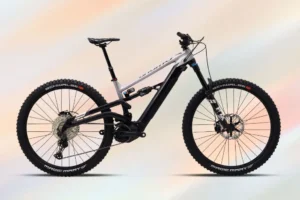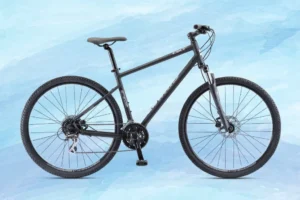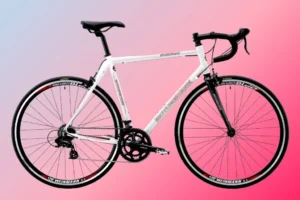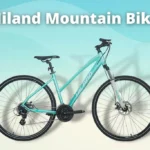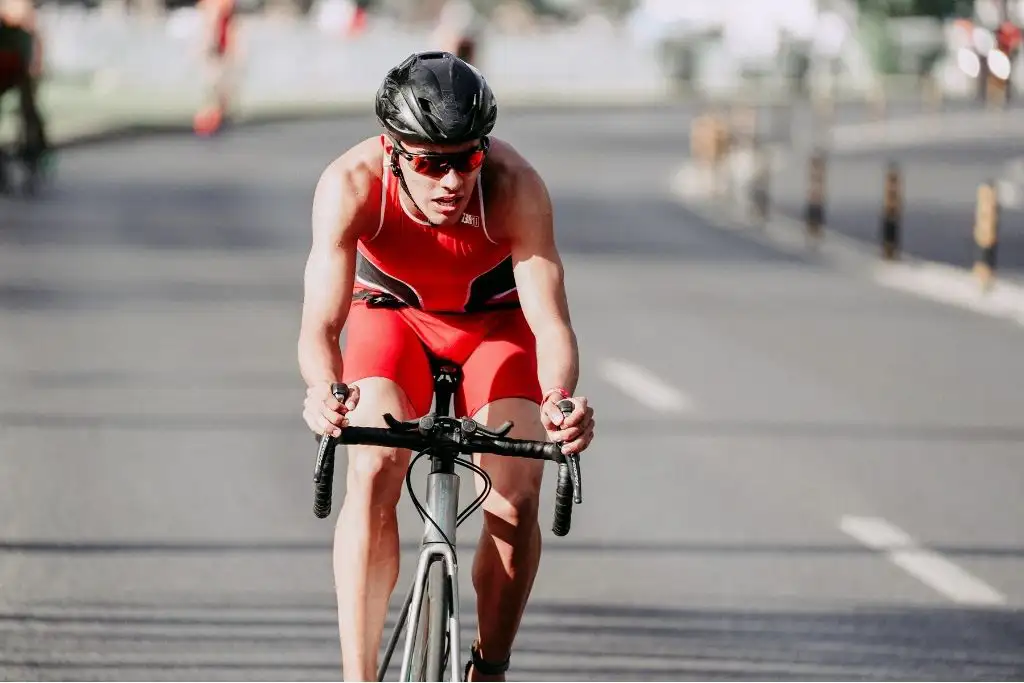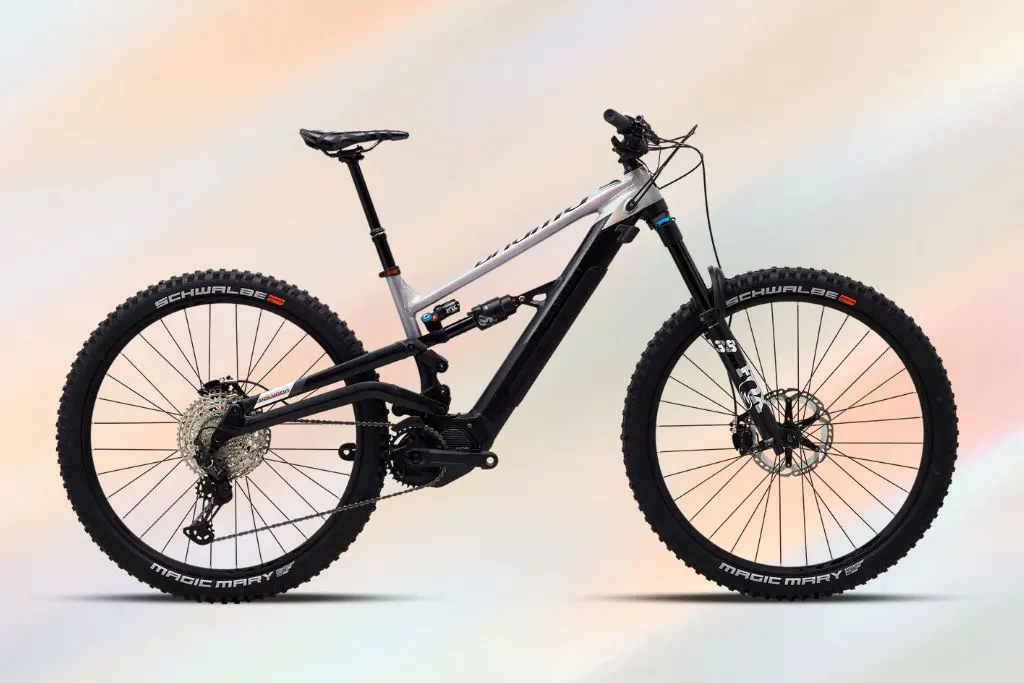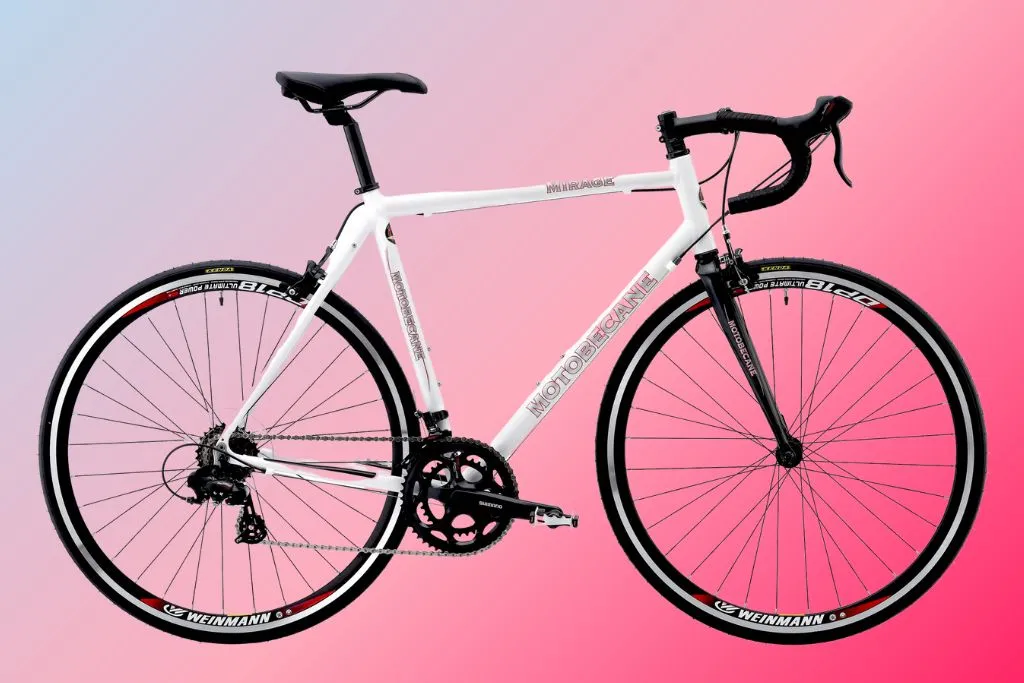There are a few things that can be done in order to prevent cycling lower back pain. First, make sure the bike is fitted properly, and that the seat height is correct. The handlebars should also be at the correct height. When riding, make sure to keep the back straight, and to use the butt muscles to support the back. When standing up to pedal, make sure to keep the back straight and push down with the heels.
While cycling, it is common to experience back pain. Where does it come from?
I hope this article will be helpful in making your back cope with the stress of cycling more easily since I am a cycling enthusiast as well as a physical therapist.
I hope this article will be helpful for you.
Your core muscles are underdeveloped.
Core muscles include the rectus abdominis, the oblique abdominals, the lower back muscles, and the erector spine.
A weak core can cause back pain.
Cycling connects your shoulders and hips, which makes your back a support point, which makes it weaker, which explains why it hurts.
Incorrect riding position can also contribute to back pain. In general, riding posture is influenced by a number of factors, such as frame size, saddle height, saddle angle, etc.
You will be in an unscientific riding position if you choose the wrong size and height, especially for your back.
Besides the length of the handlebars and cranks, the angle of the saddle tilt, and so on, there are other factors that can cause back pain.Overweight backpack
Unlike the thoracic counterpart, the mid-back carries most of the back’s weight thanks to a strong and stable pelvis.
Between the backpack and the hips, the lower back acts as a suspension system.
More: Coleman 125cc dirt bike Review
In this case, the lower back has been working hard in the middle, and the soft tissues (muscles, tendons, ligaments, etc.) are easily overloaded, resulting in pain.
The flexibility of the hips is inadequate
Some riders have tight hip muscles, particularly the hip flexors, gluteus, and pear-shaped muscles.
When these muscles are tight for an extended period of time, they will cause the pelvis to move more, causing the lower back to work harder to compensate, thus causing pain.
It may also lead to other problems such as iliotibial fasciitis and knee pain.
How to avoid/prevent back pain?
Adjustment of riding position
Depending on your riding position, adjust the seat height, angle, etc.
In the event that the frame size is not right for you, you can either do a fitting for yourself if it is truly not appropriate, or you can change it. The body is what matters most.
More: Schwinn Volare 1200 Review
Strengthen your core muscles
The best solution to improving your riding position is to improve your strength as well.
The core muscles keep the back in a more natural position, which in turn serves to protect the back.
With plank support, squats, bridge exercises, and arrow squat walks, you can exercise your core muscles effectively.
Exercise hip toughness
By strengthening this exercise, you will improve your performance and reduce the risk of injury.
Exercising your hip flexors and pear-shaped muscles is effective, as are deep squats, straddles, and hip flexor stretches.
Adjusting climbing habits
Standing up while climbing helps to keep the spine straight and natural, thereby reducing the risk of back injury.
Also, a smaller gear ratio and a higher pedaling frequency can reduce the weight on the lower back
Always stretch before and after cycling:
It’s important to warm up your muscles before you start cycling. A good way to do this is to stretch. Stretching helps to increase your range of motion and can prevent injuries.
After your ride, it’s just as important to cool down and stretch again. This will help your muscles recover and prevent stiffness.
Adjust your bicycle to fit you:
If you’re new to cycling, or if you’ve been riding for a while but never had your bike properly fitted to your body, it’s important to do so. A good bike fit will help you avoid lower back pain by making sure that you’re riding in a position that doesn’t put undue strain on your spine.
Take regular breaks:
When you are cycling for long periods of time, it is important to take regular breaks. This will help to avoid strain on your lower back and allow your muscles to recover.
Warm-up gradually before increasing intensity:
Cycling is a great workout for your heart, legs, and glutes. However, if you don’t warm up properly, you can end up with lower back pain. To avoid this, start your ride with a gentle warm-up for the first few minutes. Then, gradually increase your intensity until you’re ready to go all out. Once you’re done riding, cool down gradually to avoid further pain.
If you do end up with lower back pain, try using a heating pad or taking a hot bath. These can help to relax your muscles and relieve the pain. If the pain persists, see a doctor to rule out any other potential causes.
Use shock-absorbing pedals:
Cycling is a great exercise that has many health benefits, but it can also cause lower back pain if you’re not careful. One way to avoid this pain is to use shock-absorbing pedals. These pedals help to cushion your feet and distribute the shock of the bike’s movement throughout your body. This prevents the jarring motion from affecting your lower back.
Another way to prevent back pain while cycling is to make sure that you’re using the correct cycling posture. You should be leaning slightly forward, with your back straight and your head up. This position will help keep your spine aligned and reduce the strain on your lower back.
Finally, make sure that you’re taking regular breaks while cycling. Get off your bike and walk around for a few minutes every hour or so.
Drink plenty of fluids:
Lower back pain is a common complaint for cyclists. While it’s impossible to prevent all lower back pain, there are some things you can do to minimize your risk. The last step in avoiding lower back pain while cycling is to drink plenty of fluids. When you’re dehydrated, your muscles are more likely to fatigue and your risk of injury increases. Make sure you drink plenty of water before, during and after your ride.
Conclusion:
There are a few things cyclists can do to help avoid lower back pain. First, make sure your bike is properly fitted to your body. Second, be sure to use a good quality seat and padding. Third, stretch regularly and fourth, strength train your core muscles. These steps will help keep your back healthy and pain free while cycling.



